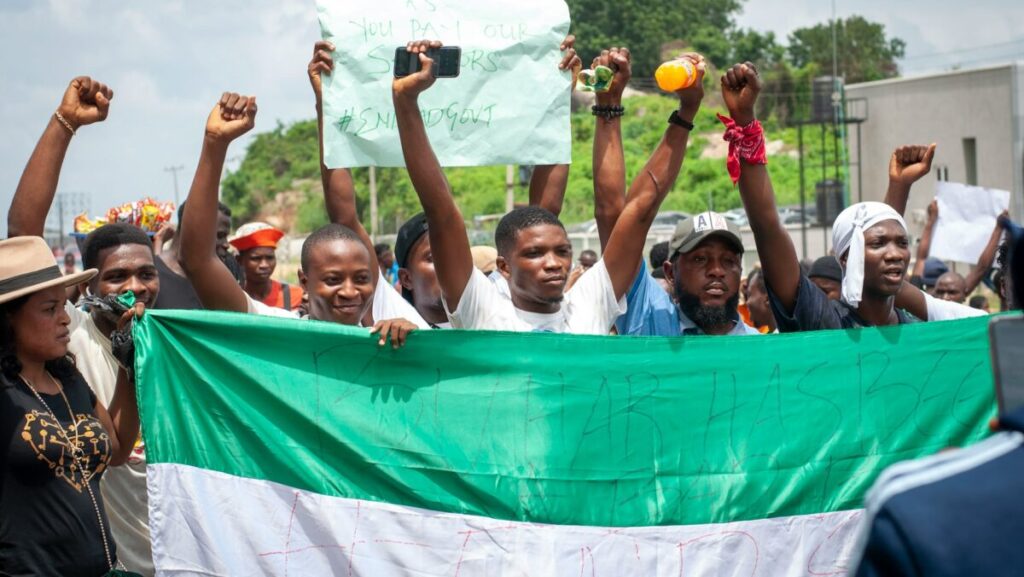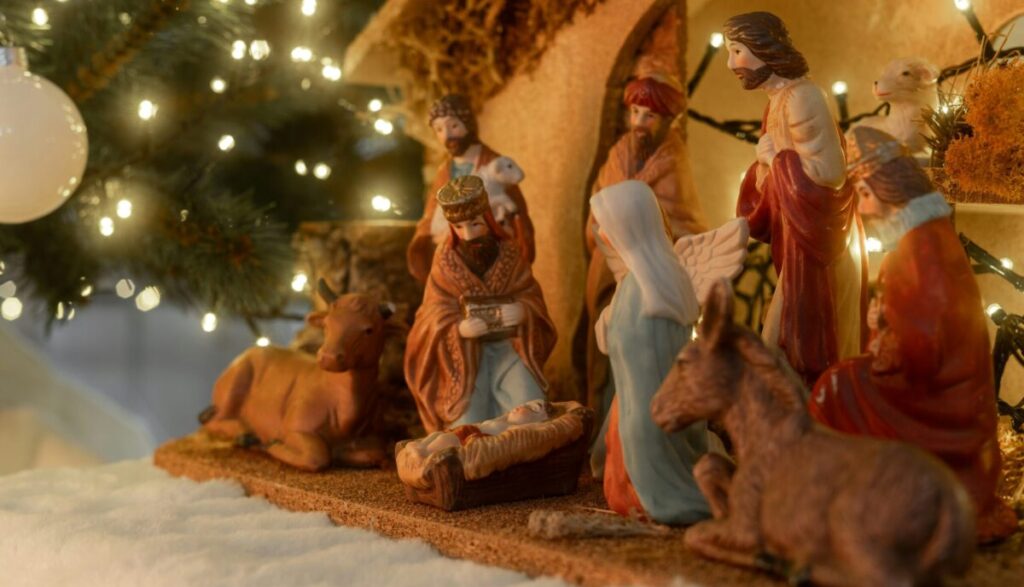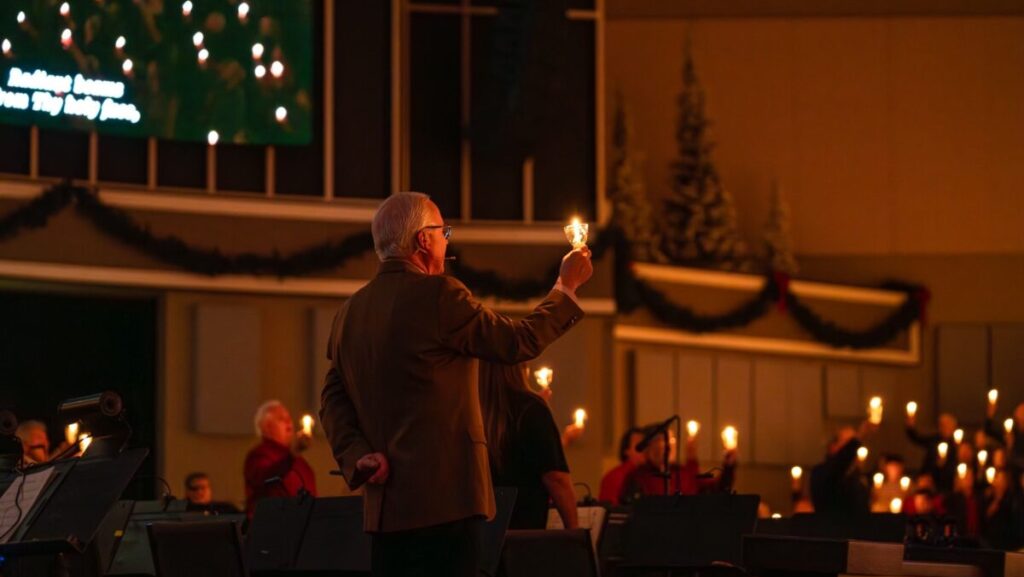The U.S. Supreme Court wrestled March 29 with whether student-led, student-initiated prayers at public-school football games are permissible under the First Amendment.
In oral arguments, the justices questioned aspects of a policy in a Texas school district that permits the high school student body to determine if it wants a student to speak over the public address system before football games. If so, the students elect the speaker, who determines whether he will pray or give some other message.
The high court’s review is of an opinion by the Fifth Circuit Court of Appeals that declared the policy permitting the practice in a Galveston County school district violated the First Amendment’s clause prohibiting a government establishment of religion. The prayers were illegal because they occurred at a school-sponsored event before a “government-organized audience,” a panel of the court wrote.
The Santa Fe Independent School District appealed the decision, arguing the establishment clause is not violated if students are able to offer religious speech in the same forum where nonreligious speech is per mitted. It also said banning religious speech by students in the same forum where nonreligious speech is allowed would violate their free-speech rights.
Telling the justices there “is not a religious speech exception to the First Amendment,” Jay Sekulow, lawyer for the school district, said the policy is a neutral one that “creates a venue of student expression.”
To allow the John Lennon song “Imagine” and not “Amazing Grace” is “censorship,” he said.
The student chosen is not a government speaker, and there is “no majority vote here on the content of the message,” said Sekulow, chief counsel for the American Center for Law and Justice.
Anthony Griffin, who argued on behalf of the American Civil Liberties Union for two families who brought the suit, said the policy has a religious purpose and is “unconstitutional on its face.”
“I don’t think you can subject [the decision] to a majority vote and then call it neutral,” Griffin said.
Some of the justices expressed particular concerns about the process of electing a speaker who is to “solemnize” the occasion.
Calling the election a “government mechanism,” Associate Justice Anthony Kennedy said it seemed to him to be the kind of “thing the establishment clause wants to keep out of schools.” The election method does not seem to work constitutionally, he said.
Sekulow countered there is no campaigning on campus as in a normal election, and students “can also vote not to have a message.”
The student is the “ultimate circuit-breaker” who determines the message, he said.
Associate Justice Stephen Breyer said the mechanism “seems to leave minority religions out in the cold.”
‘Majoritarian prayer’
The process results in a “majoritarian prayer,” Griffin said.
Associate Justice Antonin Sealia disputed Griffin’s assertion, saying, “You can’t say in every case [it will] produce prayer.”
Richard Land, president of the Southern Baptist Ethics & Religious Liberty Commission (ERLC), expressed support for the policy, although the voiced reservations about the process of selecting a speaker.
“I would hope that a majority of this closely divided court would accept this attempt by a school district to accommodate itself to the desire for religious expression at such public events by its young people,” Land said.
“It would have been better, and based on the justices’ questions during oral arguments increased the odds for a favorable decision, if there had been some provision by the school district to allow students from as wide a religious perspective as possible, i.e. other faiths, to have had an opportunity to express or solemnize that athletic event in keeping with their own faith perspectives at some time during the school year. This would have answered the objections raised that the majority of students through an election process could effectively omit minority faiths from participation.
“Nevertheless, I hope and pray that the court will affirm the Santa Fe practice, understanding that the minority does not have a right to silence the majority either, and use the occasion to encourage greater sensitivity on the part of the Santa Fe school district and all other Americans for the need to accommodate a religious expression by our citizens in the public square that is as diverse as our citizenry,” Land said.
The Baptist Joint Committee (BJC) on Public Affairs filed a brief opposing the policy.
Melissa Rogers, the BJC’s general counsel, said in a written statement, “By any measure this case involves government-sponsored religion. Government controls the pregame program, the stadium, the public address system and the voting process. The school requires attendance at the game for some students and encourages it for all. The reasonable observer accurately perceives these prayers as having the government stamp of approval on them. But as Baptists and Christians we do not seek government’s stamp of approval but God’s. The Santa Fe policy will result in coercion control and compromise of prayer.”
Students should be permitted to pray at games during a “neutral moment of silence” or voluntarily in a pregame and postgame huddle, Rogers said.
The Santa Fe policy differs from the government-sponsored school prayer struck down by the high court in 1962, Land said, because the prayers permitted in this case are student, not state, initiated and student, not state, led; the content is student, not state, determined, and they are “not at a compulsory attendance location, the classroom, where parents and guardians were not present to provide context and explain any divergence in religious expression by a student that differed from parental instruction.”
Other organizations signing onto briefs opposing the school policy were Americans United for Separation of Church and State, The Interfaith Alliance and People for the American Way.
Groups support policy
Groups filing briefs t support the policy were Christian Legal Society, The Rutherford Institute, Liberty Counsel, members of Congress and eight states.
When asked why the ERLC did not sign on to a friend-of-the-court brief, Land said it was because of concerns “about the les than ideal provision to insure the opportunity for a more diverse student expression in this particular case. However, that should not be interpreted as our not desiring a favorable decision in this case, with the accompanying admonition from the court for greater efforts to be made to accommodate as diverse a student expression during the school year as there is diversity in the student boy.”
Land predicted a 5-4 decision one way or the other, with Associate Justice Sandra Day O’Connor the probable swing vote. The decision in Santa Fe Independent School District v. Doe should be announced in early summer.
The last decision by the high court concerning prayer at school events came in 1992. The justices ruled in a 5-4 vote a school administration-organized, clergy-led prayer at a graduation ceremony was unconstitutional.
That case, Lee v. Weisman, involved the prayer of a Jewish rabbi at a middle-school graduation. (BP)





Share with others: